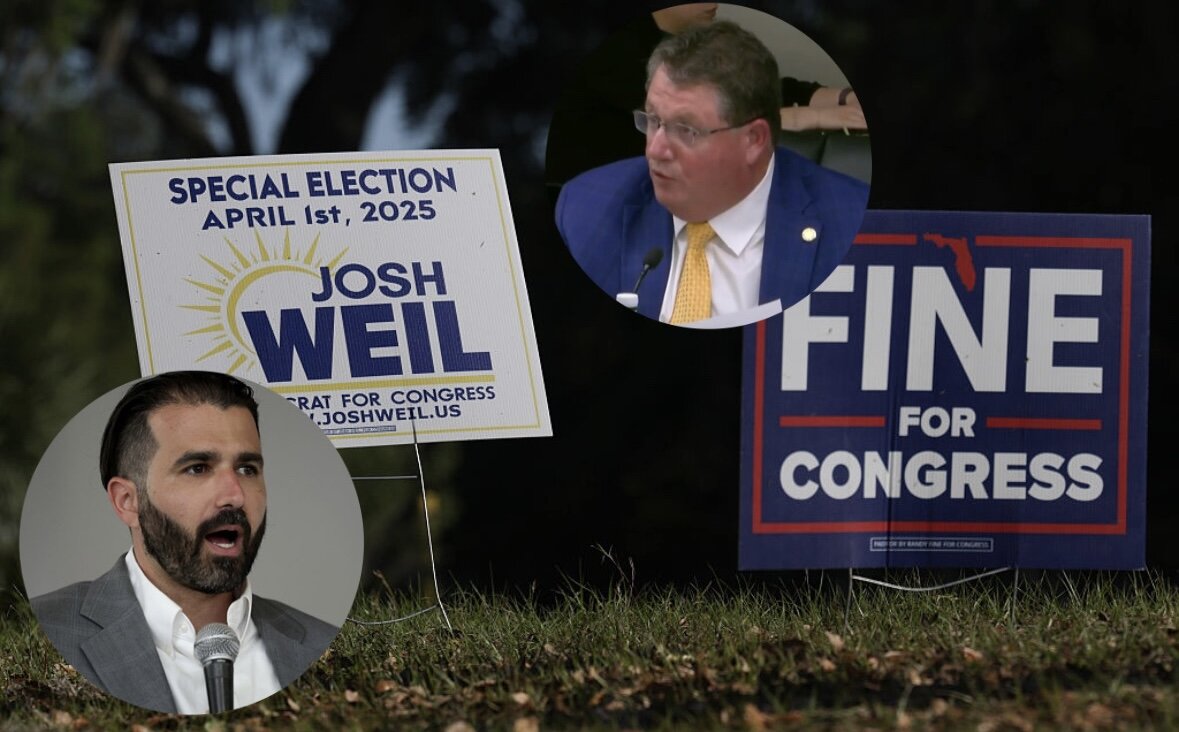The Art of War

Two years ago, in the midst of the Second Lebanon War, the popular French philosopher Bernard-Henri Lévy was sent to Israel by The New York Times Magazine to “ponder, discuss and travel,” as the title of his piece suggested. The result, an essay defending the country’s military action against vociferous critics, was published alongside two photographs by the still relatively unknown Israeli photographer Shai Kremer, who had also been sent by the Times. One photo showed a helicopter about to land, with a flock of birds trailing at its tail. The other featured a soldier atop a tank on duty near the border with Lebanon, with large, white ammunition shells piled on the soil and a distant view of a cemetery.
In August 2006, most readers were probably unfamiliar with Kremer’s work. But Kremer’s reputation was already growing. At the time, the photographer was immersed in a seven-year project documenting the effects of war on Israel’s landscape. His subjects ranged from abandoned military outposts, borders and barriers to nature reserves dotted with military detritus. That collection, Infected Landscape, recently published in art-book format by Dewi Lewis Publishing in Manchester, England, was released to American and European markets last month. To mark its release, a selection of photographs is on display at several galleries around Israel.
The pairing of Levy and Kremer was an interesting choice, given that their views on the war could not have been more different: One launched a verbal defense, while the other sought to present a visual counterpoint. But that’s exactly what photography editor Kathy Ryan had in mind when she paired the two, Kremer told the Forward in a recent interview. “I don’t want to speak in her name, but I believe she looked for a visual opinion that would somehow balance the words of Bernard-Henri Lévy,” Kremer said.
If that “visual opinion” was less than obvious in the two photographs featured in The New York Times Magazine, Kremer’s recently published collection leaves us with fewer doubts. Infected Landscape is clearly meant as a kind of manifesto against the occupation and as testament to the wounds that war inflicts on the natural environment.
But Kremer is not one to hit us over the head with his message (though unfortunately, Moshe Zuckerman, who wrote the introduction, is). He delivers it to us with subtle, often beautiful strokes and this, too, is part of the message: War leaves subtle damages. “I do not want to shock people the way news photography does,” Kremer said. “Beauty is my bait in this fishing for truth and awareness against denial.”
The beauty of his panoramic photos is indeed seductive, and it is tempting to get stuck in it. But Kremer hopes seduction is only the first step. “I am trying to raise their awareness, questioning, critical spirit in two steps: first to grab their attention, make them enjoy the beauty, allow them to keep thinking this is ‘right and just’ for a while. Then the ones who look deeper and understand, start questioning this beauty and how — if — ‘right and just’ this really is.”
While some images are easily recognizable as military zones, many are more ambiguous. Stone slabs left over from an army base or training center, dust rising from a moving tank, footprints in the sand — these artifacts no longer strike us as strange or out of place. Part of Kremer’s mission is to remind us of their strangeness.
One of the most striking photographs captures two children walking by a shooting-defense wall, which is meant to protect the Gilo neighborhood in Jerusalem from the nearby Arab city of Beit Jala. The wall has been painted to camouflage the local scenery, and almost succeeds in making it invisible. Real trees that emerge from behind the wall merge with the painted images so that they blur together to create one facade. Is nature a mere extension of the wall, or is the wall an extension of nature?
Either way, it doesn’t sit well with Kremer, nor do the other vestiges of war and occupation that have enmeshed themselves so comfortably in Israel’s landscape that they, too, appear organic.
On the flipside, simulated Arab villages used by the army to train soldiers appear no less real than the actual villages. In part they aren’t, Zuckerman argues in the introduction, because in them lies the potential takeover of real villages. Likewise, the painted landscape on the defense wall appears as real as the nature that surrounds it, and the line between the real and imagined begins to blur.
Kremer clearly didn’t happen upon these landscapes by chance. He returns to them like a wounded soldier seeking, perhaps, to “heal the wound,” suggests the photographer, who was injured during an urban warfare practice while training as a combat soldier. In hindsight, he thinks the wound may have been “more mental than physical” and his project “more about losing faith in violence and military force as solutions.”
That’s in part why Kremer has chosen to stay in New York, where he has lived for the past seven years (with his wife who refuses “to raise their child under Israeli military violence and omnipresence”). He came to the city to join a Master of Fine Arts program at the School of Visual Arts and has since steadily built his career as a photographer. For years he supported himself by photographing diamond collections for Orthodox dealers, but some major breaks, including the Times assignment, have enabled him to begin supporting himself through his art.
Curators in America have begun to take notice. Several major national museums, including the Metropolitan Museum of Art and the San Francisco Museum of Modern Art, have acquired pieces for their collections. “Museums and art institutions usually choose the more political-looking images,” Kremer said. “Private collectors tend to go more for subtle, understated pictures, underlining more of the landscape’s beauty than the military infection.”
In Israel, Kremer’s work was discovered a few years ago by Nissan Perez, the respected photography curator of the Israel Museum. Since then, he has had several solo and group shows at such venues as the Tel Aviv Museum, Herzliya Museum and Museum on the Seam. A current show at Julie M. Gallery in Tel Aviv is his second solo show there, and he recently learned that Shimon Peres’s son bought one of his prints.
But in Israel more than anywhere else, Kremer says, his work stirs debate.
“When animating gallery tours during my first solo show, I had to moderate heated discussions that went way above art content,” Kremer said. “I guess I would indeed be disappointed if this never happened. I like that the work — apparently so subdued — is asking for such passionate reactions.”
Currently, Kremer is at work on his next project, which also centers on Israel. But since the project is still in its early stages, he was hesitant to say much.
“It is too soon to expand on it yet,” Kremer said.
Michal Lando is a freelance journalist working out of Tel Aviv.
The Forward is free to read, but it isn’t free to produce

I hope you appreciated this article. Before you go, I’d like to ask you to please support the Forward.
At a time when other newsrooms are closing or cutting back, the Forward has removed its paywall and invested additional resources to report on the ground from Israel and around the U.S. on the impact of the war, rising antisemitism and polarized discourse.
Readers like you make it all possible. We’ve started our Passover Fundraising Drive, and we need 1,800 readers like you to step up to support the Forward by April 21. Members of the Forward board are even matching the first 1,000 gifts, up to $70,000.
This is a great time to support independent Jewish journalism, because every dollar goes twice as far.
— Rachel Fishman Feddersen, Publisher and CEO
2X match on all Passover gifts!
Most Popular
- 1

Film & TV What Gal Gadot has said about the Israeli-Palestinian conflict
- 2

News A Jewish Republican and Muslim Democrat are suddenly in a tight race for a special seat in Congress
- 3

Culture How two Jewish names — Kohen and Mira — are dividing red and blue states
- 4

Opinion Mike Huckabee said there’s ‘no such thing as a Palestinian.’ It’s worth thinking about what that means
In Case You Missed It
-

Books The White House Seder started in a Pennsylvania basement — its legacy lives on
-

Fast Forward The NCAA men’s Final Four has 3 Jewish coaches
-

Fast Forward Yarden Bibas says ‘I am here because of Trump’ and pleads with him to stop the Gaza war
-

Fast Forward Trump’s plan to enlist Elon Musk began at Lubavitcher Rebbe’s grave
-
Shop the Forward Store
100% of profits support our journalism
Republish This Story
Please read before republishing
We’re happy to make this story available to republish for free, unless it originated with JTA, Haaretz or another publication (as indicated on the article) and as long as you follow our guidelines.
You must comply with the following:
- Credit the Forward
- Retain our pixel
- Preserve our canonical link in Google search
- Add a noindex tag in Google search
See our full guidelines for more information, and this guide for detail about canonical URLs.
To republish, copy the HTML by clicking on the yellow button to the right; it includes our tracking pixel, all paragraph styles and hyperlinks, the author byline and credit to the Forward. It does not include images; to avoid copyright violations, you must add them manually, following our guidelines. Please email us at [email protected], subject line “republish,” with any questions or to let us know what stories you’re picking up.














